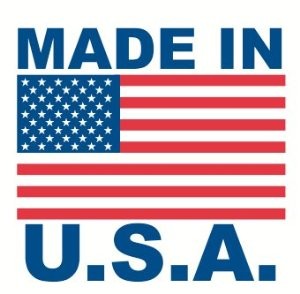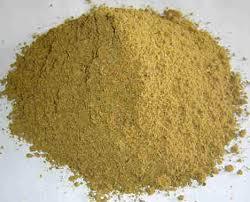 “I won’t feed any pet food with ingredients from China.”
“I won’t feed any pet food with ingredients from China.”
That’s a quote often echoed by pet parents in one form or another. With memories of Chinese-tainted food recalls fresh in our memory, it’s understandable to be wary of Chinese ingredients in pet food.
Many of us look for a “Made in the USA” label on our food or treats. We feel that’s a good indication of a safer product. But is that really true?
There are two considerations for a “Made in America” pet food product
When a pet food has been manufactured in the US, it can reflect the Made in America label. This is useful information to have, as it is an assurance for where the product was produced. But does it tell us anything about where the ingredients used in production were sourced? Not necessarily.
The source of ingredients is every bit as important as the manufacturer’s location. Both of these factors work together to determine whether a pet food is truly “American Made.”
The Federal Trade Commission (FTC) has guidelines for Made in USA labels
According to the FTC, any product claiming to be made in the USA must be “all or virtually all” made in America. This seems rather straightforward, even when considering the FTC’s explanation of “virtually all.”
As long as “all significant parts, processing and labor that go into the product” are of US origin, the product can proudly sport a Made in USA label. With pet foods, are any ingredients coming from overseas? Are they “significant?” That will depend on your definition.
Some meat protein sources come from other countries
Whether it’s Lamb from New Zealand, grass-fed Canadian Beef or Chicken from China, these ingredients can still be used in a pet food which displays a Made in the USA label.

It is not unusual for better quality foods, to identify or even brag about, the source of these main protein ingredients. That’s not always the case with other “insignificant” ingredients.
Most pet foods use a synthetic vitamin/ mineral premix
The vitamins and minerals in these premixes are used to balance a food and ensure it meets the required nutrient level. More often than not, some of the vitamins and minerals used in these premixes, or the premix itself, comes from overseas. This will rarely, if ever, be reflected on the label.
Although a food uses overseas-sourced vitamin or minerals it can still be labeled as “Made in the USA.” The inclusion of these essential ingredients are considered “insignificant” since so little is used in comparison to the other ingredients.
Remember the massive pet food recalls of 2007-2008? The cause was finally traced to an adulterated wheat gluten ingredient. This “insignificant” ingredient was found in multiple foods labeled as “Made in the USA.” This ingredient quite obviously was neither insignificant or made in the USA.
Consider both the source as well as manufacturing location when evaluating a US product
Just because that attractive “Made in America” label appears on your package, don’t accept it as a guarantee of quality. To ensure you’re truly getting what you expect, look a bit closer to what’s in the package to determine whether the source of any ingredients may be in question.
Assembling a food or treat in the USA is a good start. But unless the ingredients being assembled meet your expectations, you may as well forgo the flag and rely only on whole ingredients that come from identifiable sources.
A product made with reliable USA sourced ingredients but produced in China cannot be considered “Made in USA.” Nor can a Canadian produced product which uses consistent and trusted local sources of raw materials. You may find both of these preferable to a “Made in America” product which includes questionable ingredients.

Leave a Reply